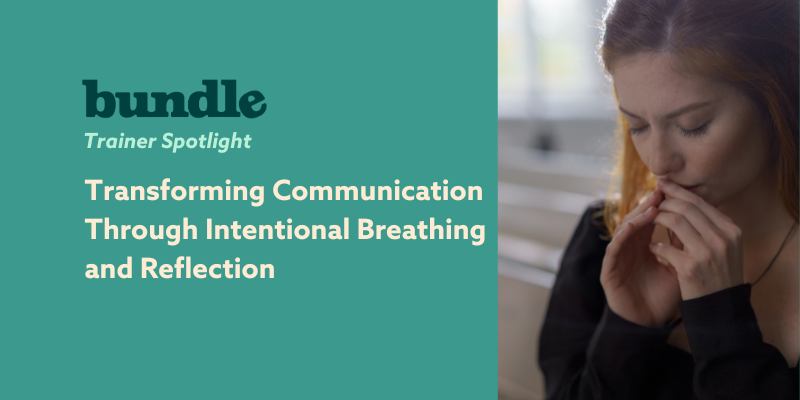"A company's learning program is the compass that guides its employees towards growth and success."
Creating an effective company-driven learning program is only the first step.
To ensure long-term impact and industry relevance, learning programs need to be evaluated and improved continuously. Through clear processes you will be able to successfully gather insights, identify areas of strength and weakness, and make informed decisions to enhance the learning experience for your employees.
Collect Feedback
Collecting feedback and measuring the effectiveness of your learning program is necessary for ensuring continuous improvement and impact. One effective approach to gather feedback is through surveys and assessments distributed to program participants. Surveys can capture insights about the program's relevance, content quality, delivery methods, and overall satisfaction. Additionally, conducting focus groups or interviews with participants allows for more in-depth feedback and qualitative insights.
To measure program effectiveness, organizations can track key performance indicators (KPIs) aligned with program goals, such as employee engagement, knowledge retention, skill acquisition, or performance improvement. Utilizing learning analytics and data analysis tools can provide valuable insights into participant progress, completion rates, and skill development. By collecting feedback and measuring program effectiveness, organizations can identify areas of improvement, tailor the program to meet learners' needs, and ensure that the learning initiatives contribute positively to individual growth and organizational success.
Analyze Data
Once feedback has been collected and program effectiveness has been measured, it’s time to analyze the data and identify areas that require adjustment or enhancement. This could involve revising content to address gaps or areas of confusion, modifying delivery methods to better engage learners, or incorporating new technologies to enhance the learning experience. Additionally, feedback from participants can inform the need for additional resources, such as job aids, interactive exercises, or real-world case studies. Regular evaluation and iteration of the learning program allows organizations to stay abreast of changing learner needs, industry trends, and emerging technologies. By making necessary adjustments and improvements, organizations can ensure that their learning program remains dynamic, impactful, and aligned with the evolving goals and objectives of the learners and the organization as a whole.
As the needs and expectations of learners evolve, the learning program must keep pace to remain effective and relevant. By collecting ongoing feedback, analyzing data, and staying informed about emerging trends and best practices, organizations can identify areas for improvement and make iterative changes to the program. This iterative approach allows for experimentation, testing new methodologies, and incorporating innovative technologies or learning resources. It also enables the organization to respond to evolving learner preferences, industry advancements, and changing business needs.
By continuously iterating and evolving the learning program, organizations foster a culture of continuous improvement and ensure that the program remains a valuable and impactful resource for learners throughout their professional journey.
Cultures of Continuous Learning
A company-driven learning program provides the foundation for fostering a culture of continuous learning, where employees are empowered to develop their skills, acquire new knowledge, and grow both personally and professionally. Sustaining a culture of continuous learning requires a collective effort and a commitment from all levels of the organization. It involves aligning learning initiatives with business goals, encouraging employee engagement and participation, and providing ongoing support and resources for learning. It also involves nurturing a learning mindset that embraces curiosity, experimentation, and knowledge sharing.
With a commitment to ongoing improvement, adaptability, and a culture of continuous learning, organizations can create an environment where employees thrive, skills are honed, and the organization as a whole remains agile and competitive in an ever-changing business landscape.
Click Here To Download The Full Guide - Driving Employee Engagement With Learning Programs




